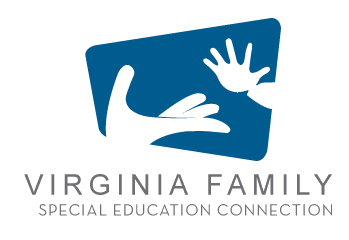Cerebral Palsy (Resources updated, June 2017) (English and Spanish) (Center for Parent Information & Resources, CPIR)
Description:
Cerebral palsy—also known as CP—is a condition caused by injury to the parts of the brain that control our ability to use our muscles and bodies. Cerebral means having to do with the brain. Palsy means weakness or problems with using the muscles. Often the injury happens before birth, sometimes during delivery, or, like Jen, soon after being born.
CP can be mild, moderate, or severe. Mild CP may mean a child is clumsy. Moderate CP may mean the child walks with a limp. He or she may need a special leg brace or a cane. More severe CP can affect all parts of a child’s physical abilities. A child with moderate or severe CP may have to use a wheelchair and other special equipment.
Sometimes children with CP can also have learning problems, problems with hearing or seeing (called sensory problems), or intellectual disabilities. Usually, the greater the injury to the brain, the more severe the CP. However, CP doesn’t get worse over time, and most children with CP have a normal life span.





